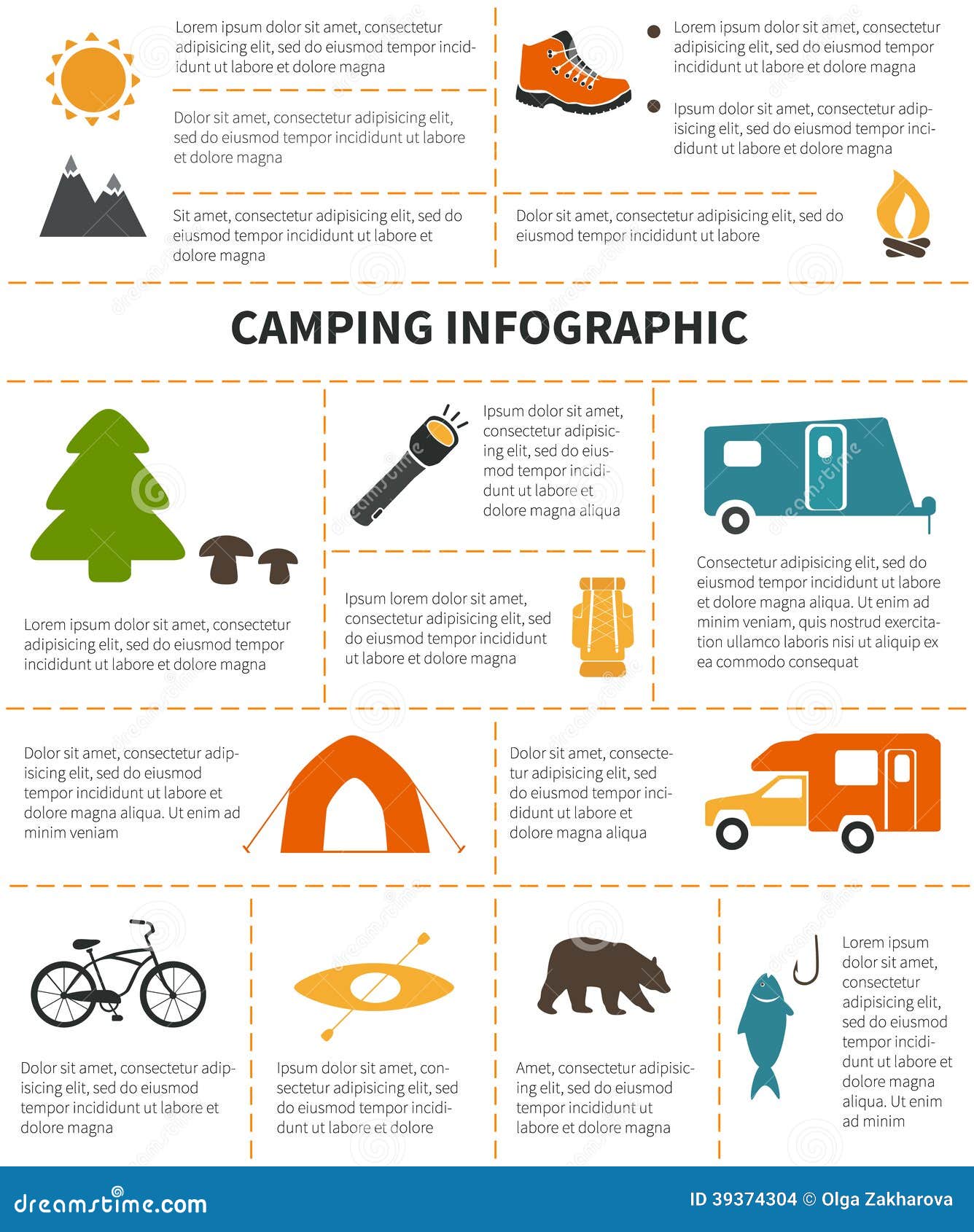Rain flies are a crucial accessory for wall tents. They boost the capability of an outdoor tents to shield campers from extreme weather conditions while offering included convenience and longevity.
Regular cleansing of a rain fly maintains mud, mildew, and particles from destroying it. Likewise, ensuring the appropriate stress of a rainfly avoids it from drooping and enabling water to accumulate underneath.
Climate Resistant Materials
The product used in building tasks can impact the long life and resilience of the task. Choosing weather-resistant products helps in reducing maintenance prices and saves resources for future repair service and replacement.
Timber might not be the first product that comes to mind when going over weather resistance, however it is very resilient when effectively treated with preservatives. Cedar, redwood, and teak are instances of naturally rot-resistant woods made use of to make a variety of outside furnishings and structures.
High-performance canvas wall outdoors tents are developed to withstand dampness and keep campers comfortable. It is necessary to clean canvas and camping tents on a regular basis to remove dirt, mud, and dirt. It is also important to rinse any residue from the canvas camping tent prior to saving it away for use. Avoid utilizing bleach, as it damages the water-resistance therapy and makes the tent much more prone to leak. Alternatively, a soft brush and a hose pipe can be utilized to extensively scrub the canvas outdoor tents and rinse it off with water up until it is completely filled.
UV Direct exposure
Unless an outdoor tents is made from UV-resistant fabric, extended exposure to sunshine will certainly create it to weaken. This is true of all fabrics, but it's especially noticable for camping tents and canvas frameworks as a result of just how much they're used in outdoor settings. UV radiation can cause dyes to break down, resulting in a loss of color vibrancy.
A rainfly secures wall surface tents from these harmful UV rays by showing them prior to they can pass through the framework and reach your skin. It is essential to select a rainfly with a UPF ranking of 50 or higher to get optimum UV defense.
A rainfly additionally aids control the temperature level inside a tent depending on the season. A lighter rainfly can maintain camping tents from soaking up way too much warmth in the summer season, while a larger rainfall fly can aid protect against heat from leaving the tent during colder months. In either case, these additional layers of insulation can significantly extend a tent's lifespan.
Moisture Damage
Canvas tents are fairly durable and can last 15-30 years with persistent care, but also one of the most high-performance canvas is not unsusceptible rainstorms. A rain fly or fly sheet adds a layer of protection for the roof of your canvas tent and aids protect against dampness damages.
Condensation, mold and mildew, and mildew are not just unattractive, however they can likewise destroy the structural honesty of your canvas outdoor tents. Stopping these issues is not difficult, but it calls for thorough treatment and focus to information.
Make it a routine to evaluate your tent in the early uv protection morning and remove any type of all-natural condensation, dew, or snow that has actually accumulated externally. Later, make certain to spread your camping tent out in an open area and use a soft brush to scrub away any type of mold and mold that has actually created. Once you have actually eliminated the affected areas, re-treat the outdoor tents with a mold and mildew killer remedy and wash it completely to prevent any kind of future problems.
Dampness Buildup
While normal, condensation can damage materials if left uncontrolled. Thankfully, positive strategies like cleaning surfaces and airing out outdoors tents reduce condensation' effect.
Tent textile, climate problems and usage patterns add to condensation levels. Sailcloth, for instance, withstands water vapor dissipation and tends to display beaded droplets more readily than polyester or nylon choices. Comprehending this distinction educates just how camping tent proprietors handle condensation.
Resident's breathed out breath and wet clothes and devices spike humidity degrees. An absence of ventilation approaches enables dampness to condense when warm indoor air meets cooler surface area temperatures. This cycle magnifies on humid nights or when an outdoor tents is positioned in reduced spots. Checking and cleaning camping tent surface areas right away after cooling motivates dampness to distribute prior to damaging materials or creating mold. Local airflow, such as guiding a follower toward joints, further aids the procedure. Recognizing one of the most at risk areas of a camping tent, like high ridges and edges, aids campers streamline their wetness administration regimens.
